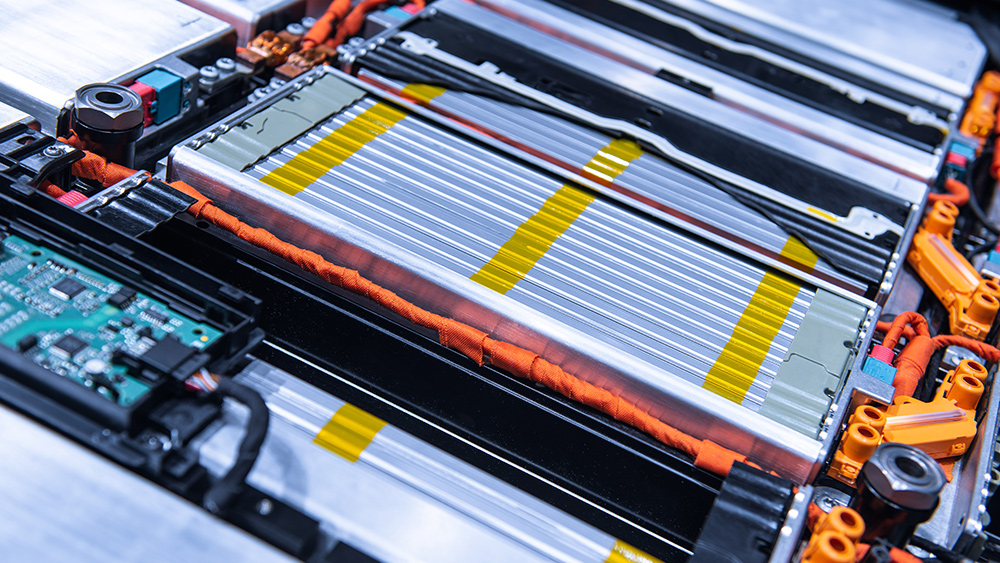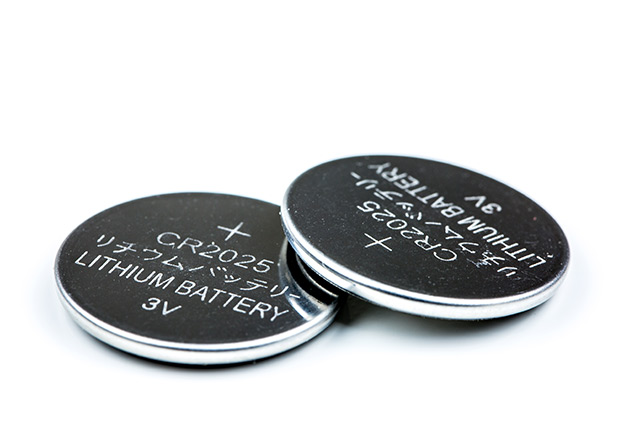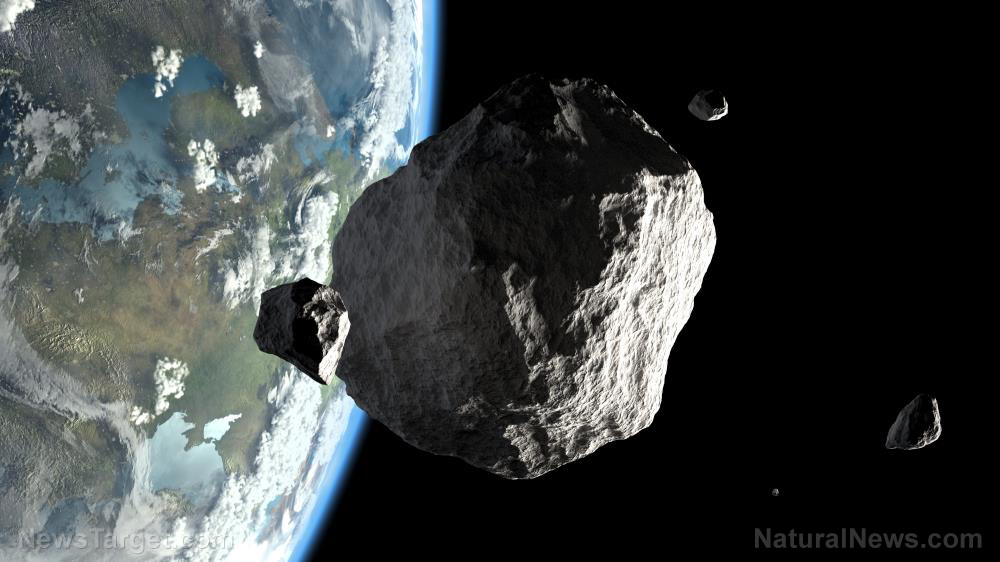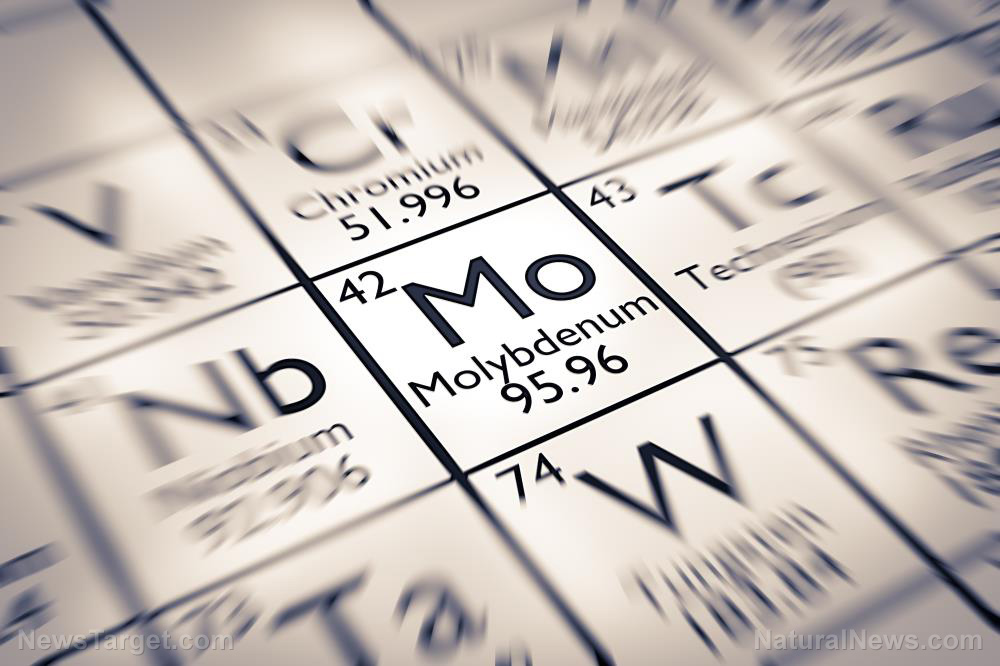BREAKTHROUGH: Quantum batteries defy energy loss, paving way for next-gen power storage
10/28/2025 / By Kevin Hughes

- Researchers from Japan and China developed a theoretical model for quantum batteries using topological photonic waveguides, enabling near-perfect energy transfer and even harnessing dissipation to boost charging power. Published in Physical Review Letters, this could revolutionize nanoscale devices, quantum computing and optical networks.
- Topological structures prevent photon dispersion, allowing near-lossless power transmission.
- Energy loss is negated when charger and battery occupy the same site. Dissipation can briefly enhance charging power, challenging conventional assumptions.
- This breakthrough aligns with MIT’s low-cost aqueous batteries and Korea’s flexible polymer anodes, but quantum batteries offer a radical paradigm – turning energy loss into an advantage.
- Further refinement could redefine sustainable energy storage.
In a revolutionary leap for energy storage, researchers from Japan and China have unveiled a theoretical model for a quantum battery that defies conventional limitations – offering near-perfect energy transfer and even harnessing dissipation to enhance charging power.
Published in Physical Review Letters, this breakthrough could redefine how energy is stored and distributed in nanoscale devices, quantum computing and optical communication networks.
The promise of quantum batteries
As global demand for sustainable energy solutions intensifies, scientists are exploring radical alternatives to traditional electrochemical batteries. Quantum batteries – hypothetical devices that exploit quantum phenomena like superposition and entanglement – promise faster charging, higher capacity and unparalleled efficiency.
“A quantum battery, often referred to as a topological quantum battery, is a theoretical concept in quantum physics that proposes a novel method for energy storage and transfer, leveraging the unique properties of topological quantum matter,” BrightU.AI‘s Enoch said. “Unlike classical batteries that store energy in chemical bonds, a quantum battery would store energy in the form of quantum information, harnessing the principles of quantum mechanics.”
Yet until now, practical implementation has been stymied by energy loss and decoherence, where quantum systems lose their defining properties due to environmental interference.
A joint team from the RIKEN Center for Quantum Computing and Huazhong University of Science and Technology tackled this problem using topological photonic waveguides – structures that guide light while resisting disruptions from bends or imperfections.
By integrating these waveguides with quantum two-level atoms, the researchers demonstrated:
- Perfect long-distance energy transfer: Unlike conventional waveguides, topological structures prevent photon dispersion, enabling near-lossless power transmission.
- Dissipation immunity: When the charger and battery occupy the same site, the system becomes immune to energy loss in a single sublattice.
- Paradoxical power boost: In a stunning twist, the team found that dissipation can briefly amplify charging power – challenging the assumption that energy loss is purely detrimental.
From theory to reality
While still in the theoretical phase, the implications are profound. Such batteries could revolutionize:
- Quantum computing – Providing stable, efficient power for qubits.
- Optical communication – Enabling ultra-secure, high-speed data transfer.
- Nanoscale electronics – Powering microscopic devices with minimal energy waste.
“Our research provides new insights from a topological perspective and gives us hints toward the realization of high-performance micro-energy storage devices,” said Zhi-Guang Lu, the study’s lead author.
Cheng Shang, the corresponding author, added: “Looking ahead we will continue working to bridge the gap between theoretical study and practical deployment of quantum devices – ushering in the quantum era we have long envisioned.”
This breakthrough aligns with broader advancements in next-gen battery technology. MIT researchers developed low-cost, durable aqueous batteries ideal for large-scale energy storage, while Korean scientists pioneered fiber-like polymer anodes for enhanced efficiency.
Yet quantum batteries stand apart, offering a fundamentally different paradigm where energy loss is not just mitigated but exploited. Despite the promise, hurdles remain:
- Scalability – Can these models be adapted for macroscale applications?
- Material Engineering – Developing real-world photonic waveguides with topological robustness.
- Integration – Ensuring compatibility with existing quantum and classical systems.
Still, the research marks a pivotal step toward practical quantum energy storage – one that could reshape industries from computing to renewable power grids.
The quantum future beckons
As climate change and energy demands escalate, the race for sustainable solutions has never been more urgent. Quantum batteries, once confined to theoretical speculation, now edge closer to reality – thanks to topology’s resilience against energy loss.
With further refinement, these systems could unlock unprecedented efficiency, speed and reliability – ushering in a new age of energy innovation.
For now, the scientific community watches closely, eager to see if this visionary concept can transcend theory and power the technologies of tomorrow.
Watch the video below about Prof. Nigel Cheese building and testing his quantum battery.
This video is from the Exploring Alt Tech channel on Brighteon.com.
Sources include:
Submit a correction >>
Tagged Under:
atoms, breakthrough, chemical bonds, China, discoveries, electrochemical batteries, energy innovation, energy loss, Energy Storage, Energy Transfer, future science, future tech, inventions, Japan, nanoscale devices, power transmission, quantum battery, quantum computing, quantum mechanics, research
This article may contain statements that reflect the opinion of the author
RECENT NEWS & ARTICLES
COPYRIGHT © 2017 REAL SCIENCE NEWS



















